Exercise TALON HIGHLANDER recently concluded in Scotland, involving cooperation between the Spanish Army’s FAMET (Fuerzas Aeromóviles del Ejército de Tierra) and the British Army’s Army Air Corps.
The exercise saw Spanish HT29 helicopters from BHELMA III (Batallón de Helicópteros de Maniobra III) operating alongside the British 3 Regiment Army Air Corps.
We’ve been flying in the highlands with our Spanish allies, Apache and NH-90 training live firing and complex missions to enhance NATO capabilities. We‘re ready together 💪
Gracias amigos 🇬🇧 🤠🇪🇸 @EjercitoTierra #strongertogether#wearenato #attack #apache https://t.co/NvW6jzHqgG
— 3 Regiment Army Air Corps (@3RegimentAAC) October 2, 2024
The focus of the exercise was on the integration and preparation of air units within NATO’s Allied Reaction Force (ARF), a multinational unit tasked with rapid response to emerging threats.
Both the Spanish and British forces conducted a series of missions, including live-fire drills and complex operational scenarios in the Scottish Highlands.
The TALON HIGHLANDER exercise is part of the ongoing efforts to enhance NATO’s collective defense capabilities, with Spain reinforcing its contribution to the ARF for the 2024-2026 cycle.
The Army Air Corps (AAC) has worn the blue beret with pride since 1957, playing a key role in providing air support to ground forces. Using aircraft like the Apache AH-64E, AAC personnel offer vital and precise assistance during critical moments in battle. A major part of their job is reconnaissance, where they use the Wildcat Mk1 to gather intelligence on enemy movements and pass it on to troops on the ground. They also help pinpoint targets for artillery, aircraft, and other indirect fire, making them an essential part of the Army’s combat operations.
Formed in 1957, the AAC grew out of the Glider Pilot Regiment and Air Observation Post Squadrons. Since then, its personnel have been involved in protecting the UK and taking part in combat operations around the world. The Corps is based at several locations across the UK, including Middle Wallop Flying Station in Hampshire, RAF Shawbury in Shropshire, RNAS Yeovilton in Somerset, and Wattisham Flying Station in Suffolk.
One of the AAC’s most advanced aircraft is the Apache AH-64E, a twin-engine attack helicopter designed to operate in all weather conditions, day or night. It’s armed with a 30mm cannon, Hydra rockets, and Hellfire missiles, giving it the firepower to take on air defence units, tanks, and armoured vehicles. Its Longbow radar can track and prioritise up to 256 potential threats in seconds, making it a key asset on the battlefield. Equipped with optical and thermal imaging sights, the Apache can also operate in low visibility or at night, ensuring it remains highly effective in a wide range of combat situations.


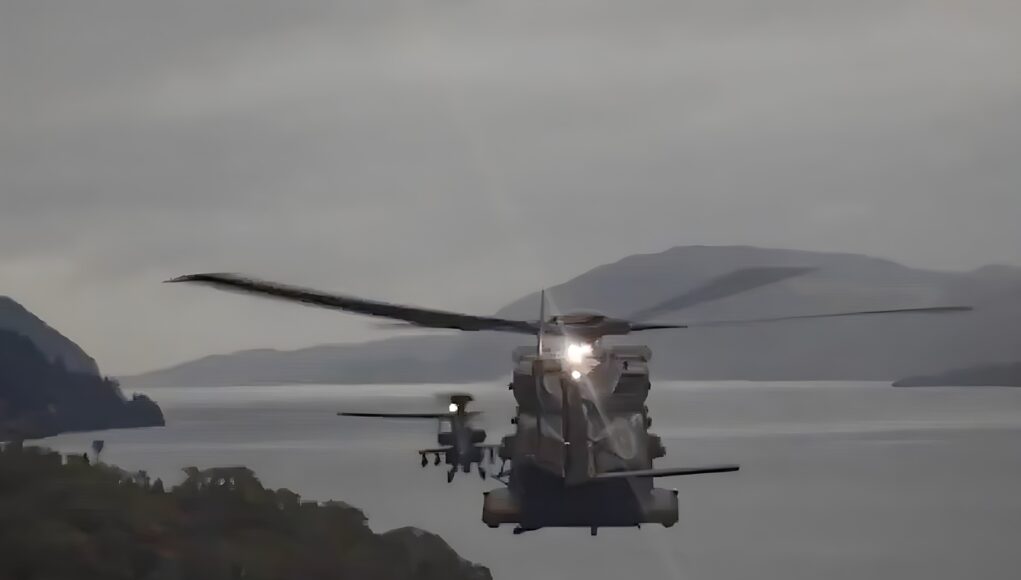
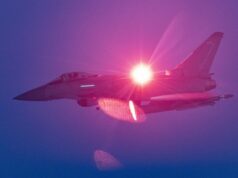
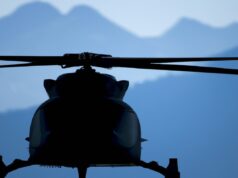
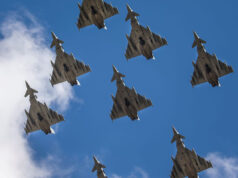
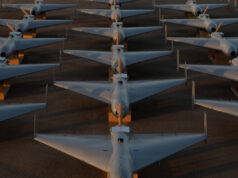

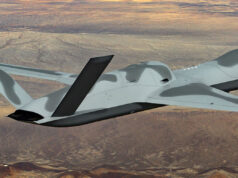
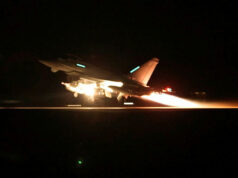
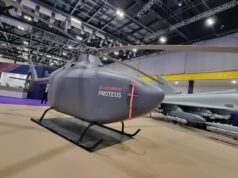
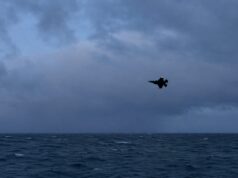
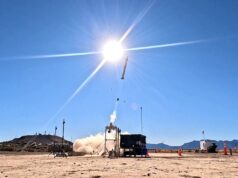

The Ukraine war has shown that helicopters anywhere near the front line are vulnerable to MANPADS. While the AAC’s modern Apache AH-64E machines do pack a powerful punch, unless they operate in tandem with Ajax recon vehicles and/or Boxer/Warrior with boots on the ground we will probably lose quite a few of them in the early stages of an engagement
We ain’t got that many as it is !
I imagine we will soon so drone ‘scouts’ become a standard part of any attack helicopter engagement.
Keep all the expensive machinery, weapons and people at max engagement range and let a relatively cheap drone do the spotting before feeding that info back to the apache.
Depends partly on how you use them. The US suffered heavy losses from ground fire in Karbala Iraq and changed tactics as a result. Apache still has the ability to pop up, fire missiles and pop down again. But it needs usable ground cover for that, something lacking in the Iraq operation where the helicopters were trying to attack ground forces hidden in urban sprawl. Fixed wing operates above 15000ft to reduce the MANPAD threat. But that doesn’t work for slower, less manoeuverable rotorcraft.
Even loitering helicopters waiting to pop up are vulnerable now. If I recall correctly, several Russian types have been downed by drones.